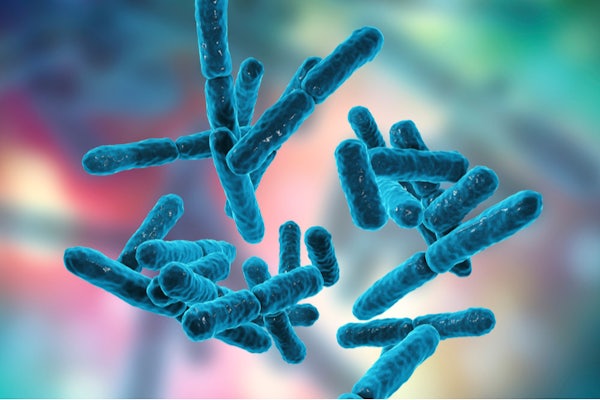Moon develops targeted, reliable, long-lasting kill switch
Engineered actuator addresses fears of contamination by GM microbes, Moon's lab finds

Tae Seok Moon, associate professor of energy, environmental & chemical engineering at the McKelvey School of Engineering at Washington University in St. Louis, has taken a big step forward in his quest to design a modular, genetically engineered kill switch that integrates into any genetically engineered microbe, causing it to self-destruct under certain defined conditions.
His research was published Feb. 3 in the journal Nature Communications.
Moon’s lab understands microbes in a way that only engineers would, as systems made up of sensors, circuits and actuators. These are the components that allow microbes to sense the world around them, interpret it and then act on the interpretation.
In some cases, the actuator may act on the information by moving toward a certain protein or attacking a foreign invader. Moon is developing actuators that go against millions of years of evolution that have acted in favor of self-preservation, asking instead that an actuator tells a microbe to self-destruct.
The kill switch activator is an effort to quell anxiety about the potential for genetically modified microbes to make their way into the environment. So far, he has developed several: one, for instance, causes a microbe to self-destruct once the ambient environment around it reaches a certain temperature.
“But the previous work had either a base-level activation that was either too high or too low,” Moon said. And every time he solved that problem, “the bacteria would mutate.” During experiments, that meant there were too many microbes left alive after the kill switch should have turned on.
Additionally, in some situations, a kill switch may not be triggered for days. This additional time means additional opportunities for the microbes to mutate, possibly affecting the switch’s ability to work.
For instance, Moon is interested in developing genetically engineered microbes to eat plastic as a way of disposing of harmful waste. “But we don’t know how many days we need to keep these microbes stable until they finish cleaning up our environment. It might be a few days, or a few weeks,” Moon said, “because we have so much waste.”
To overcome these roadblocks, Moon inserted multiple kill switches — up to four — in the microbial DNA. The result: During experimentation, of a billion microbes, only one or none may survive.
During the experiments, researchers tested the microbes daily. The switches remained functional for 28 days.
“This is the best kill switch ever developed,” Moon said.
These experiments were also done in mice, but looking forward, Moon would like to build kill switches for microbes that will be used in soil — maybe to kill pathogens that are deadly to crops — or even in the human gut to cure diseases.
The end game is getting microbes to do what we want and then go away, Moon said. He thinks these microbes could be used to solve a whole host of global problems. “Bacteria may seem dumb,” he said, “but they can be very smart as long as we teach them well.”
This work was supported by the National Institutes of Health (R01 AT009741 to T.S.M. and G.D.); the Office of Naval Research (N00014-17-1-2611 and N00014-19-1-2357 to T.S.M.); the United States Department of Agriculture (2020-33522-32319 to T.S.M.); the National Science Foundation (CBET-1350498 to T.S.M.); and the U.S. Environmental Protection Agency (84020501 to T.S.M.).




